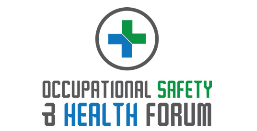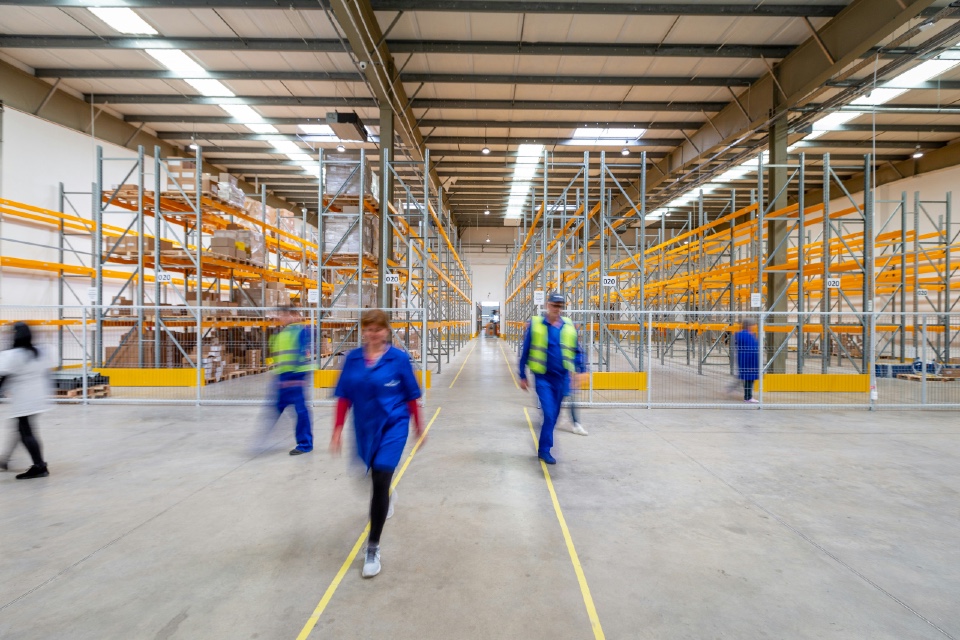From construction and manufacturing to education and healthcare, the need for robust safety audits and proactive risk assessments has never been greater. Amid evolving Health and Safety Executive (HSE) guidelines and increased expectations around duty of care, organisations are turning to digital tools, real-time monitoring, and IoT-enabled systems to strengthen their safety culture and streamline compliance…
1. The Role of Digital Audit Tools in Compliance
Traditional safety audits are often time-consuming and prone to human error, especially when managed through paper-based or disjointed systems. In response, businesses are investing in digital audit platforms that bring consistency, efficiency, and visibility to the compliance process.
✔ Automated audit templates ensure all statutory checks are covered and tailored to sector-specific risks.
✔ Mobile-enabled inspection tools allow safety teams to complete audits onsite with tablets or smartphones, capturing photographic evidence and assigning actions in real time.
✔ Centralised dashboards make it easy to monitor audit completion rates, outstanding actions, and compliance trends across multiple locations.
Digital audits not only reduce admin time but also provide a clear audit trail, critical during regulatory inspections or internal reviews.
2. Real-Time Safety Monitoring and Reporting
Proactive safety management depends on real-time awareness. In 2025, many organisations are using cloud-based monitoring platforms to stay ahead of incidents and manage risks as they emerge.
✔ Incident and near-miss reporting apps empower employees to flag hazards instantly, encouraging a proactive safety culture.
✔ Live dashboards and alerts provide safety managers with up-to-date insights into compliance gaps, overdue checks, or recurring risk patterns.
✔ Integrated workflows automatically assign corrective actions and follow-ups, ensuring timely resolution of safety issues.
Real-time monitoring leads to faster response times, better-informed decision-making, and improved employee engagement with safety processes.
3. IoT-Enabled Risk Assessments for Smarter Safety
Internet of Things (IoT) technology is transforming how risk assessments are carried out. Smart sensors and connected devices provide continuous data on environmental and operational conditions, enabling dynamic risk management.
✔ Air quality, temperature, and noise sensors help assess and respond to environmental hazards.
✔ Wearable tech and smart PPE monitor worker movements, fatigue, or exposure to dangerous conditions.
✔ Automated alerts notify managers when conditions breach safe thresholds, allowing real-time interventions.
These tools support data-driven risk assessments that go beyond static checklists, enabling businesses to anticipate and mitigate issues before they lead to incidents.
Conclusion
Businesses are reimagining workplace safety audits and risk assessments through digital transformation. By embracing audit software, real-time monitoring, and IoT technologies, organisations are not only enhancing compliance – they’re fostering a proactive, data-led safety culture that protects both people and performance.
Are you searching for health & safety Compliance solutions for your organisation? The Occupational Safety & Health Forum can help!
Photo by freestocks on Unsplash





